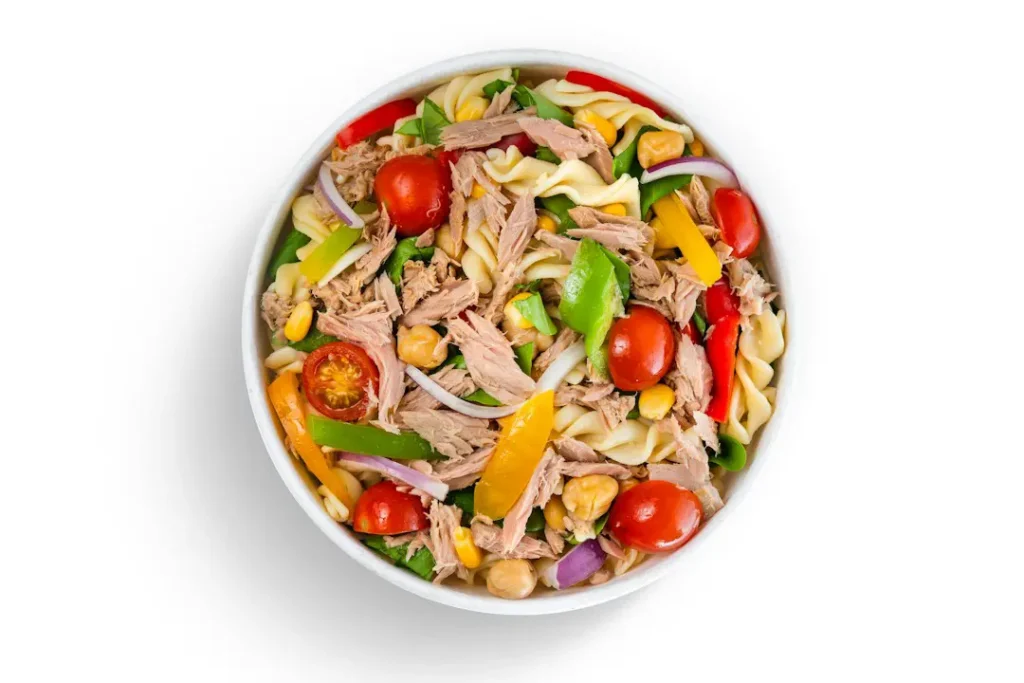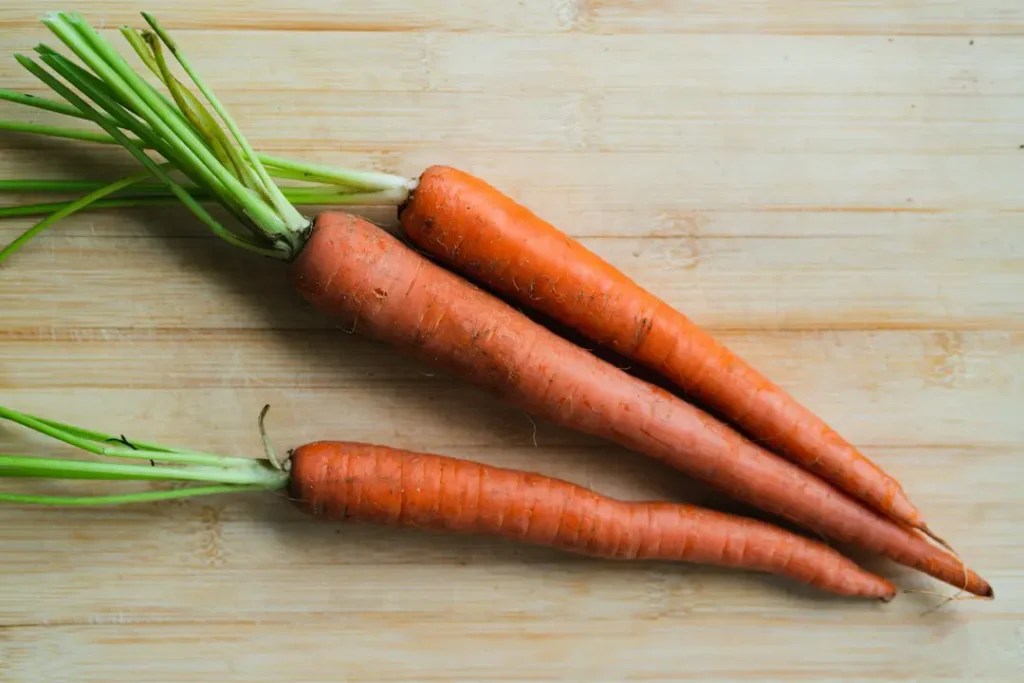When it comes to feeding our beloved furry companions, the sheer volume of information available can be overwhelming. Between grain-free diets, raw food trends, and fear-inducing food recalls, dog owners are often left scratching their heads, unsure of what’s best for their pets.
Myths and marketing tactics add to the confusion, influencing our decisions about what ends up in Fido’s bowl. Below, we’ll sift through common misconceptions and provide clarity on what constitutes a balanced diet for your dog.
Decoding Dog Food Labels: Identifying Marketing Tricks and True Benefits

In the quest for the perfect pet food, packaging, and labeling can either be an informative resource or a deceptive trap. Terms like “gourmet,” “premium,” and “human-grade” are not regulated so it’s essential to choose trustworthy brands.
It’s crucial to look beyond the marketing hype and evaluate the nutritional information on the label, understanding the order in which ingredients are listed and the significance of guaranteed analysis data.
Interpreting ingredient lists can be a complex endeavor. For instance, seeing meat at the top of the list does not necessarily mean the product is protein-rich, as the weight includes moisture content.
Moreover, an ingredient split—where a more abundant ingredient is listed in several smaller quantities under different names—can obscure the true composition of the food. The aim is to identify dog food that is balanced, wholesome, and suitable for your pet’s individual needs.
Third-party certifications and endorsements by reputable organizations can be valuable indicators of a brand’s commitment to quality. For a more in-depth look at the ingredients that go into dog food and an understanding of nutritional guidelines, pet owners can explore trusted sources like Dr. Marty. Dr. Marty’s Dog Food emphasizes transparency and uses natural, nutrient-dense components.
The Grain-Free Debate: Is It Healthier for Your Dog?
In recent years, grain-free dog food has taken the pet industry by storm, largely due to concerns about allergies and food sensitivities. Advocates for grain-free diets argue that grains are unnatural for dogs’ ancestral diets and can lead to health issues.
However, there is a lack of substantial evidence to support the notion that grains are inherently harmful to the majority of dogs. Veterinary professionals point out that true grain allergies are rare among canines.
All dogs just need a diet rich in an amino acid known as taurine to thrive, but taurine is found only in meat. Many commercial foods are packed with ”filler” ingredients, like tapioca and white potatoes, which contain very little taurine.
The first five ingredients of Dr. Marty’s dog food are meat and organs. Carbohydrates are an integral part of a balanced diet, and grains can be a healthful component when properly processed and included in moderation. Overall, it’s always a good idea to talk to your veterinarian before starting your dog on a new diet.
Human Food for Dogs: Understanding What’s Safe and What’s Not

Feeding dogs scraps from the dinner table is a tradition as old as pet ownership itself, but not all human foods are safe for canine consumption.
While many fruits and vegetables can be healthy treats in moderation, foods like chocolate, grapes, onions, and xylitol-sweetened products are toxic to dogs.
Even foods that aren’t toxic can cause gastrointestinal issues if they’re too rich or fatty for a dog’s digestive system.
It’s not uncommon for pet owners to seek ways to supplement their dog’s diet with human foods, believing it to be more “natural” or healthier.
However, the key is moderation and knowledge of what is beneficial versus what could be potentially harmful.
For instance, lean proteins and certain vegetables can be a great addition to a dog’s diet when introduced properly and in appropriate amounts.
One trend that deserves mention is the inclusion of superfoods—foods that are nutrient-rich and beneficial for one’s health—in a dog’s diet. Foods like blueberries, sweet potatoes, and salmon can be advantageous due to their high antioxidant and omega-3 fatty acid content, respectively.
With careful consideration and proper portioning, these foods can provide a health boost to a dog’s regular diet.
Overall, the responsibility of feeding our dogs a nutritionally sound diet is complex and laden with challenges. Amidst the myriad of choices and competing theories, informed decision-making is key.
Engaging in discussions with healthcare professionals, conducting thorough research, and critically evaluating food options offer the best chance at maintaining our dogs’ health and happiness.
The journey to understand canine nutrition continues to evolve, but what remains constant is our desire to provide our four-legged companions with the best possible care.




